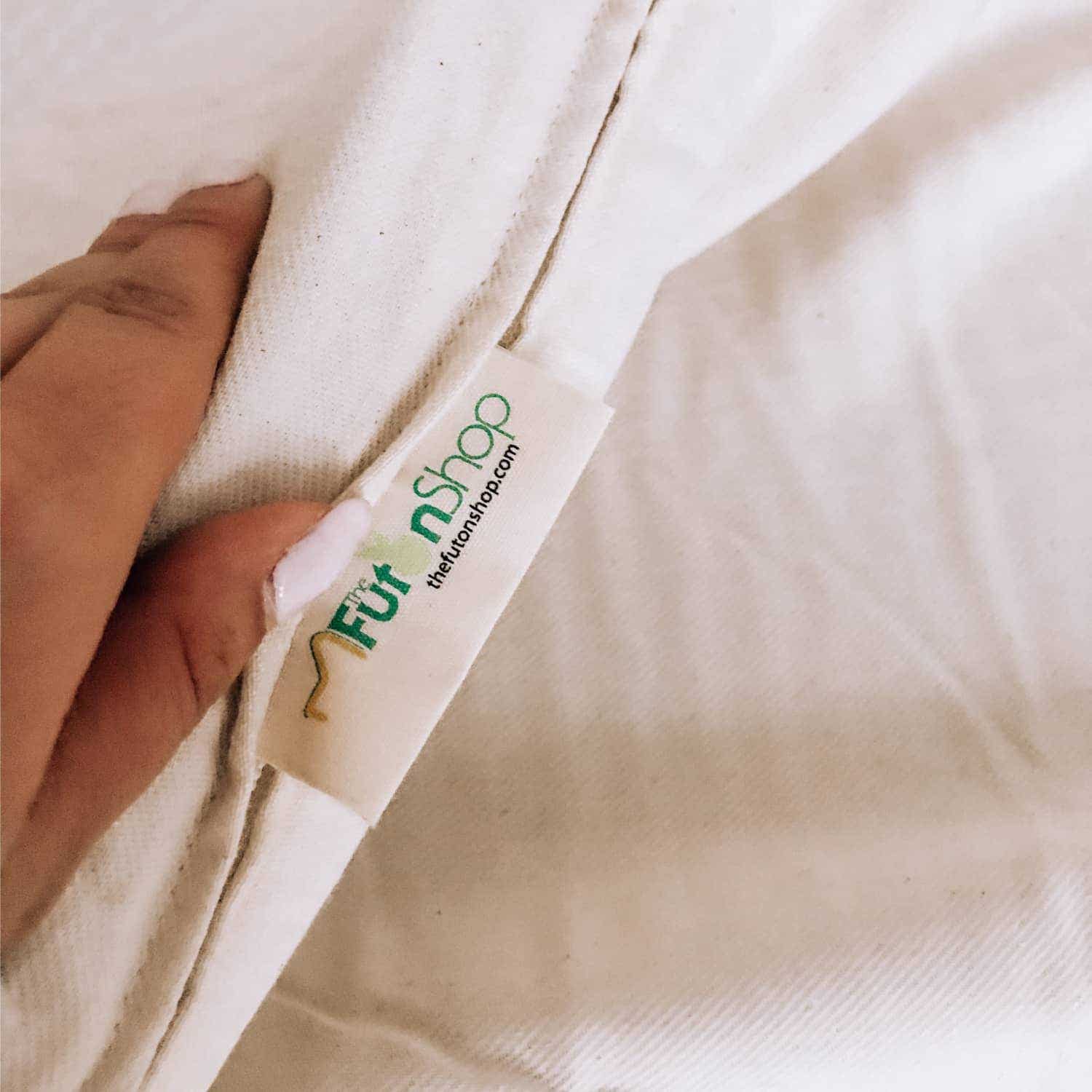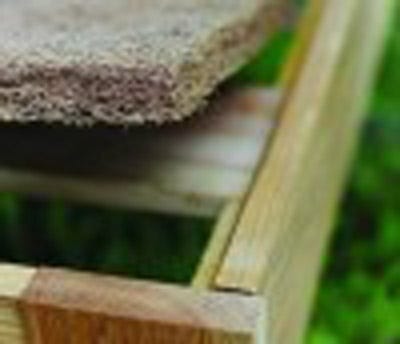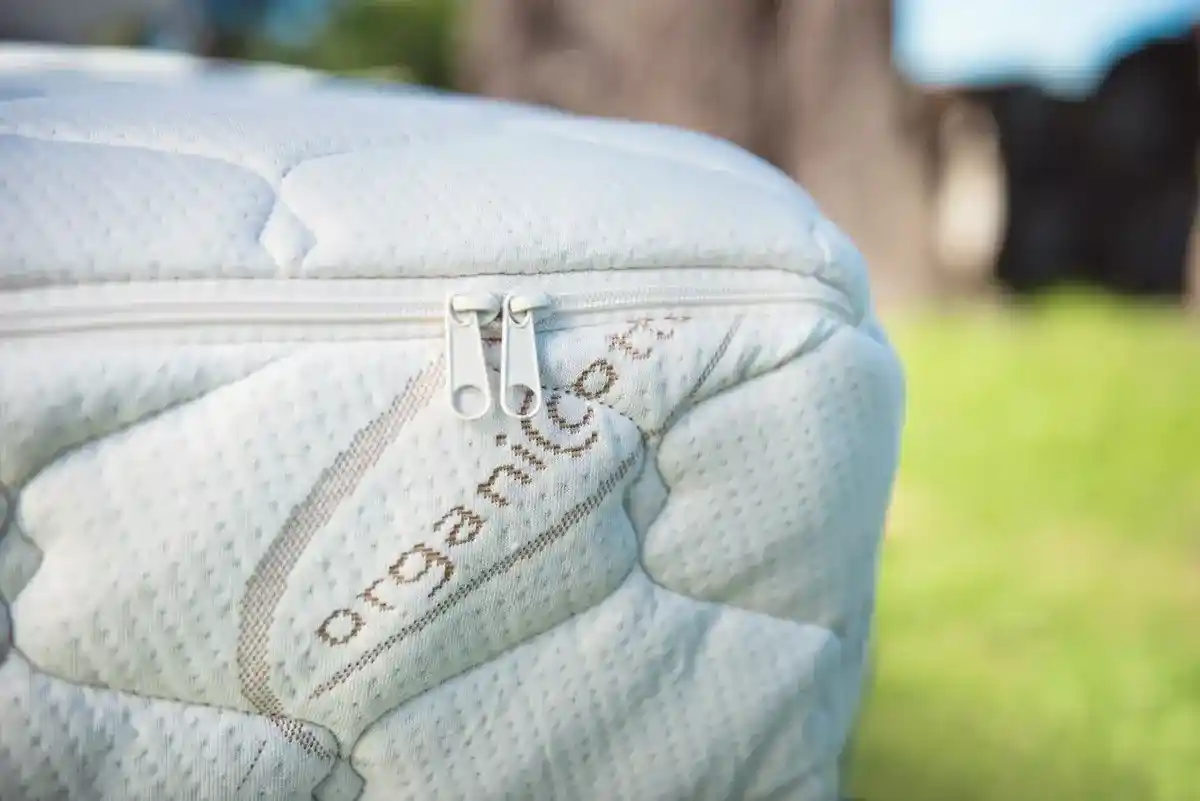
Air Circulation - Will my mattress get moldy?
Mold is a concerning issue if you avidly use futon mattresses, tatami beds, and futon couches. Although most of these mattresses are made from porous materials, one of their characteristics includes susceptibility, which has high moisture buildup. This renders a perfect surface for mold to grow. Damp environments are one of the most plausible reasons for mold to exist, leading them to be a primary cause of several health issues, including allergies, breathing problems, and skin irritation, especially among kids. Thus, it’s essential to understand them, how they grow, and learn ways to prevent them so you can preserve your family from coming in contact with the fungi.
What Causes a Mattress to Become Moldy?
The average person loses about a pint of moisture every night during sleep. This moisture gets absorbed into the top layers of your mattress, sheets, clothing. As the mattress ages, (specially non-flip mattresses) the moisture in the mattress or futon migrates into the other layers of the mattress. If this moisture hits the base of the mattress and there is no air flow, the mattress holds on to the moisture like a sponge and can cause mold, as the moisture has nowhere to dissipate.

Our bodies warm up our beds, but solid surfaces, such as floors or solid plywood do not warm up at the same rate, which results in accumulation of condensation that cannot fully dry out. This not only leads to compression and mattress sag, shortening the life of your mattress, but also to the possibility of mold and mildew growth. A futon mattress, or any mattress, can grow mold if there is a lack of air circulation. Your mattress is like a large sponge and over time if this moisture is not released through regular flipping and airing, it will begin to grow mold. There are sites that recommend how to clean a moldy mattress, but it can be very difficult to completely remove moisture and mold spores within the mattress. You can clean the surface with bleach and sunlight, but little can be done to remove the mold from inside of the mattress once it begins to grow. The healthiest option is to replace your mattress once you notice mold.
How Do You Identify the Mold in Your Mattress?
Now we know why mold grows; it’s time to recognize them if they start living in our futon mattress.
- Visual Inspection: Perform a thorough visual examination of your futon mattresses, tatami beds, and futon couches to identify any observable indications of mold development. Please pay attention to the presence of dark spots, changes in coloration, or fuzzy patches on the mattress surface and within its crevices. Mold can manifest in various hues like green, black, brown, or white.
- Musty Odor: Mold has a unique and recognizable musty odor. Should you detect an atypical scent emanating from your futon mattress, it may suggest the existence of mold.
- Allergic Reactions: Mold has the potential to cause allergic responses in specific individuals. Suppose you encounter inexplicable respiratory signs such as constant coughing, uncontrollable sneezing, or a runny nose while near your futon mattress, tatami bed, or futon couch; it is plausible that mold might be the underlying factor.
- Water Damage History: If your mattresses have faced water or excessive moisture in the past, there is an increased probability of mold proliferation. This includes spills, flooding, or elevated humidity levels within the room.
What They Look Like on a Mattress?
The mold growth on a mattress can vary depending on its type and growth stage. However, below are some typical attributes associated with mold presence on futons:
- Discoloration: Mold growth frequently leads to evident discoloration on the surface of the mattress. This can be identified as patches in shades of green, black, brown, or white, which may vary depending on the specific mold species present.
- Fuzzy or Powdery Texture: In certain instances, mold exhibits a fuzzy or velvety pattern, particularly during its active growth phase. It can also possess a powdery consistency akin to finely textured dust.
- Stains: Mold can leave stains on the mattress fabric. These stains may be darker or discolored areas that stand out from the rest of the mattress.
- Spreading Patterns: Mold may spread irregularly, expanding outward from the initial growth point. For example, it can follow the contours of the mattress or appear in clusters.
- Musty Odor: Mold often emits a musty smell. If you detect an unpleasant, earthy odor from your mattress, it could indicate mold growth.
The Difference Between Mold and Mould
“Mold” and “Mould” are two different spellings of the same word, and they both refer to the same thing: a type of fungus. The difference in spelling primarily arises due to regional variations in English.
In American English, the spelling “mold” is more commonly used. For example, “black mold” or “mold growth.”
In British English and other English-speaking countries like Canada, Australia, and New Zealand, the preferred spelling is “mold.” For example, “black mold” or “mold growth.”
Despite the difference in spelling, the word refers to the same type of fungus that grows in damp and humid conditions and can cause health issues and damage to surfaces. The spelling choice depends on regional conventions and personal preference, but the meaning remains.
How To Prevent Mold Growth on a Mattress
There are many steps you can take to avoid mold growth on your mattress. The first step is to find a mattress that contains ingredients that are resistant to mold growth. The main ingredients are Wool and Natural Latex, both of which resist mold growth by being able to dissipate moisture. A breathable moisture barrier will also help. Regular flipping (if possible), rotating, and placing your mattress in sunlight is also another way of releasing moisture from your mattress. The mattress however, is not the only item to consider. The type of foundation you use can be key in preventing moisture buildup. A slatted base allows for proper air flow, as well as an airflow layer, such as a bed rug. Try to avoid solid wood foundations if possible.
All mattresses with natural fibers should be kept on a slatted frame or foundation that provides a proper ventilating surface such as coconut fiber. Slatted frames, foundations, and coconut coir fiber allows for proper ventilation, creating air flow underneath the mattress, evaporating moisture, and avoiding condensation. Using coconut fiber bed rug at the base level or underneath any futon or mattress help give the mattress proper airflow, eliminating fear of mold and mildew when a mattress or futon is being used on a flat surface.
How To Remove The Mold From a Futon Mattress?
To remove mold from a futon mattress, follow these steps:
- Safety Precautions: Before you begin, ensure proper ventilation in the room. Wear gloves, a mask, and eye protection to avoid direct contact with mold spores.
- Vacuuming: Use a high-efficiency vacuum cleaner equipped with a HEPA filter to suction the entirety of the futon mattress surface meticulously. This approach ensures the elimination of loose mold spores, impeding their potential for further dispersion and proliferation.
- Sun Exposure: Take the mattress outside on a sunny day, preferably in a dry and well-ventilated area. Sunlight helps kill mold and reduces moisture. Leave the mattress exposed to sunlight for a few hours on each side.
- Baking Soda Treatment: Sprinkle a generous amount of baking soda over the entire mattress surface. Baking soda helps absorb moisture and neutralize odors. Leave the baking soda on the mattress for a few hours or overnight.
- Vacuuming Again: After the baking soda treatment, vacuum the mattress again to remove any remaining baking soda residue and dead mold spores.
- Disinfecting Solution: Prepare a solution by combining equal quantities of white vinegar and water in a specialized spray bottle. Apply the solution generously onto the impacted mattress sections and allow it to remain undisturbed for approximately one hour. Vinegar is known for its antimicrobial properties and can help kill mold.
- Drying: Allow the mattress to dry completely. Ensure proper air circulation and avoid using the mattress until completely dry to prevent mold growth.
See a list of coconut mattresses.
Are There No-Flip Mattresses?.
Read more about Do I Need A Boxspring For My Platform Bed?.
How Often Should I Flip My Mattress?.
Read more about tufted vs. untufted mattresses.
What Is The Best Position To Sleep In Bed?.
LEARN MORE














